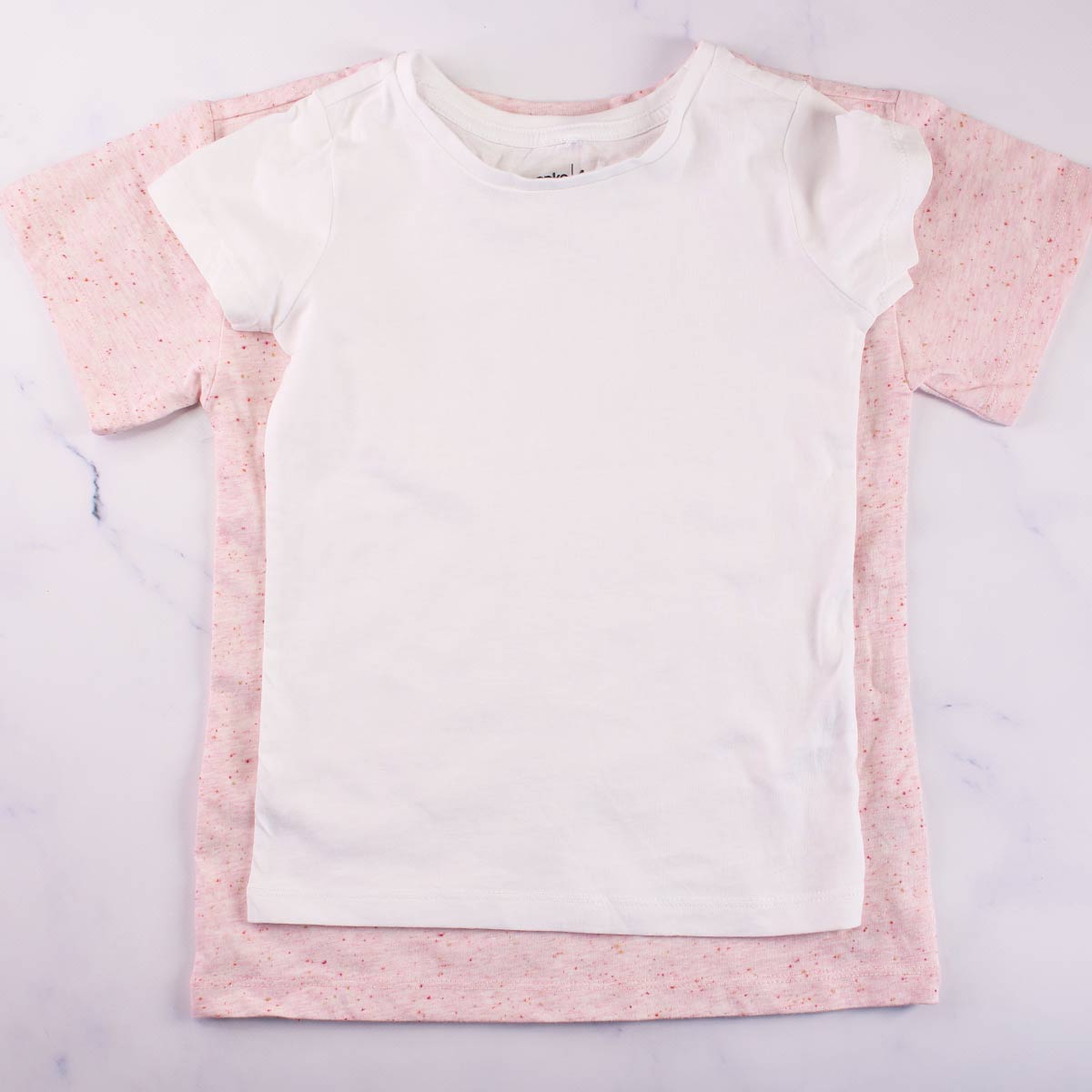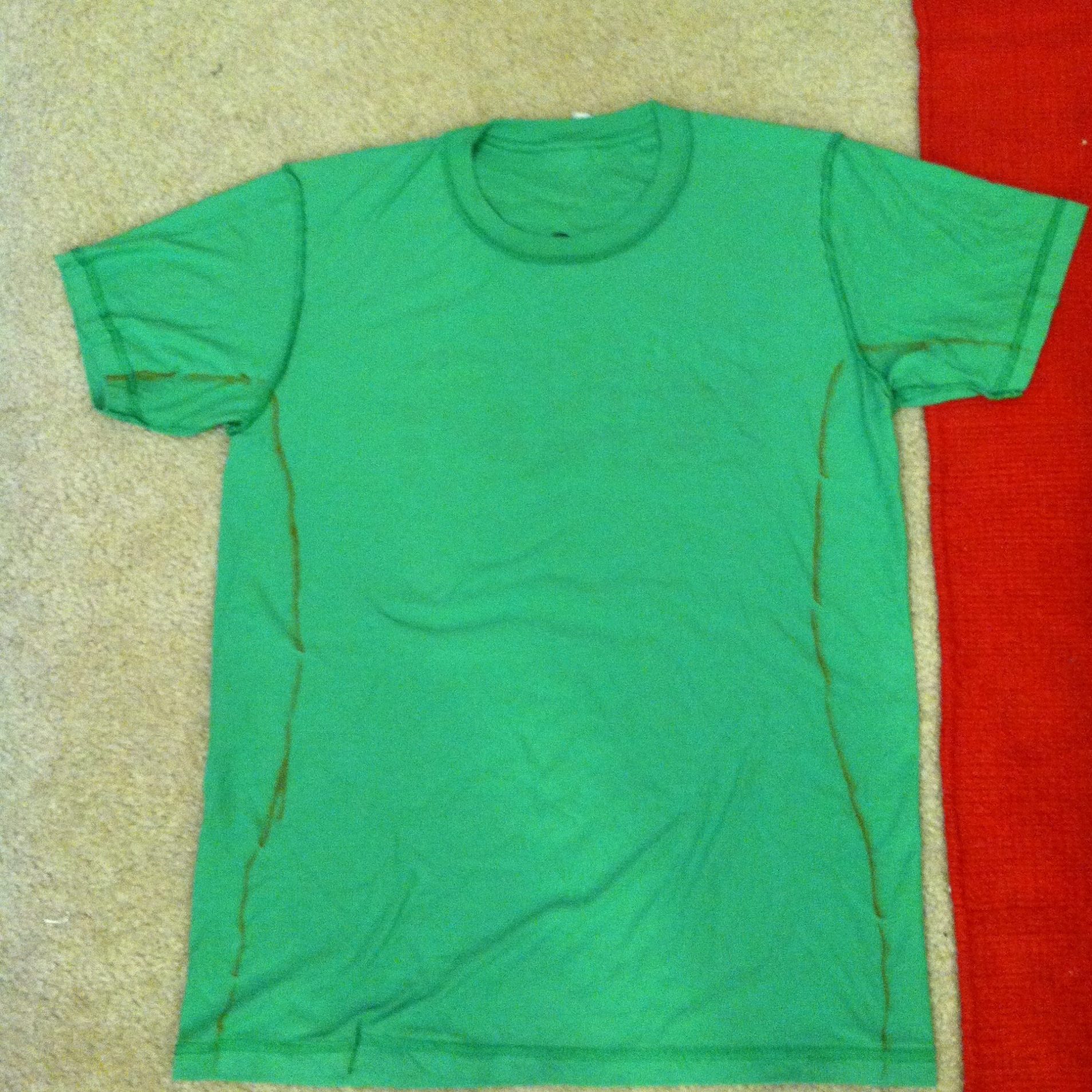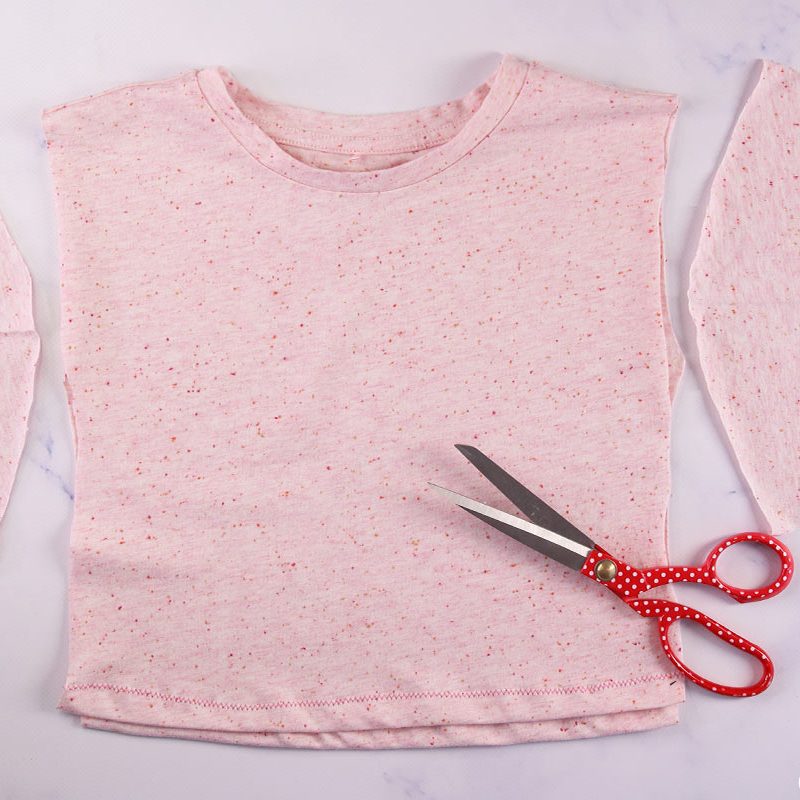In This Article
- 1 Introduction: Understanding the Need for Alterations
- 2 Method 1: Washing and Drying Techniques
- 3 Method 2: Ironing for Size Adjustment
- 4 Method 3: Sewing Techniques for Alteration
- 5 Method 4: Professional Alterations
- 6 Additional Tips for Shrinking Shirts
- 7 Expanding Your Creativity in Shirt Alterations
- 8 Conclusion: Embrace Your Altered Shirt
Introduction: Understanding the Need for Alterations
Making a shirt smaller can be a practical solution for various reasons. Whether the shirt is too loose after washing or simply doesn’t fit your style, knowing how to alter it can save you time and money. Instead of discarding an item you love, you can customize it to ensure a better fit. This guide offers multiple methods for shrinking a shirt, from simple washing techniques to more complicated sewing adjustments. With some basic tools and a little patience, you can successfully make your shirt smaller while maintaining its integrity.
Method 1: Washing and Drying Techniques
Use Hot Water for Washing
One of the easiest ways to make a shirt smaller is through washing it in hot water. Most cotton fabrics will shrink when exposed to heat. Start by turning your shirt inside out to protect its color and design. Use the hottest water setting on your washing machine.
Normally, washing in hot water alone may not create a dramatic shrinkage. However, it serves as a great first step in the shrinking process. After washing, check the fit before drying to see if more adjustments are necessary.
High Heat in the Dryer
After washing, the next step is to dry the shirt on a high heat setting. The dryer’s heat will further shrink the fabric. Just like the wash, turn your shirt inside out before placing it in the dryer.
Keep an eye on it during the drying process. Check periodically to ensure you don’t over-shrink it. Once done, try the shirt on to see how well it fits. If it’s still larger than you want, you may need to consider other methods.

Method 2: Ironing for Size Adjustment
Steam Iron to Shrink
Using a steam iron can effectively help make a shirt smaller. Start by dampening the fabric slightly if it’s dry. Set your iron to the appropriate setting for the fabric type. For cotton, a medium to high heat setting is usually effective.
Begin ironing the shirt, focusing on areas that need the most shrinking. The steam penetrates the fibers, tightening them. This is particularly useful for areas like sleeves and body width. Repeat the process as needed until you achieve the desired fit.
Precise Ironing Techniques
For best results, use even strokes when ironing. Work on one section at a time to ensure that you apply consistent heat. Using a pressing cloth can also protect the fabric from direct heat.
This technique not only helps to shrink but also smooths out wrinkles at the same time. After ironing, allow the shirt to cool down and check its fit. You may find that this method provides just the adjustment you need.
Method 3: Sewing Techniques for Alteration
Simple Side Seam Alterations
If washing and ironing don’t achieve the desired fit, sewing adjustments may be necessary. Start by turning the shirt inside out and trying it on. Pinch the fabric along the side seams where you wish to make it smaller.
Mark where you wish to sew with chalk to ensure precision. After adjusting the fabric, carefully sew along the marked line. Make sure to secure your stitches at the beginning and end to prevent unraveling.
This simple alteration can make a significant difference in fit. For best results, use straight stitches on the sewing machine, or hand-sew if you prefer.
Adjusting Sleeve Width
Another area that may require alteration is the sleeves. To make sleeves smaller, follow the same side seam adjustment process. Roll the sleeves up and mark where you want to make the adjustments.
Cut off any excess fabric. Pin and sew along the marked line. Once done, check the shirt for balance. Making adjustments to both sides ensures a uniform appearance, allowing for a comfortable fit.

Method 4: Professional Alterations
When to Seek Professional Help
If you’re uncomfortable with sewing adjustments or your shirt is particularly valuable, consider professional alterations. Tailors are experienced in resizing garments and can offer precise adjustments.
They have the tools and expertise to make alterations efficiently. A tailor may provide recommendations about what can be achieved based on the shirt’s design and fabric.
Finding a Good Tailor
Look for reviews online or ask friends for recommendations. Consult with your chosen tailor about your requirements before proceeding. This ensures both you and the tailor understand the alterations needed.
An initial fitting may be necessary, allowing the tailor to see how to adjust the shirt optimally. Investing in professional alterations can extend the life of your favorite shirt.
Additional Tips for Shrinking Shirts
Consider Fabric Types
Different fabrics respond differently to heat and washing. For example, cotton shrinks well, while polyester is more resistant. Always check the care label for fabric content and washing instructions.
Knowing the fabric type helps you choose the best method for shrinking effectively. When in doubt, test a small hidden area of the shirt first to see how it reacts to heat or washing.
Patience is Key
Remember that altering a shirt can take time, and you may need to repeat some steps. Shrinking through washing and drying might not yield immediate results.
Be patient as you work through each method to find what works best for you. Keep trying different techniques until you achieve the desired fit. This persistence often leads to success in custom fitting your clothing.

Expanding Your Creativity in Shirt Alterations
Experimenting with Design Alterations
Once you’ve mastered the basic techniques for making a shirt smaller, consider exploring more creative design alterations. You can change the overall aesthetics of the shirt while adjusting the fit. For example, adding darts to the back can create a more tailored look, allowing for a sleek silhouette. Simply mark the areas where you want the darts, pin them in place, and sew with a matching thread.
Additionally, consider playing with the shirt’s length by shortening it to a crop top. This not only makes it smaller but also gives it a trendy, fashion-forward feel. You can use a hem tape or a sewing machine to secure the new length. By incorporating these design elements, you can personalize your shirt and make it a unique piece in your wardrobe.
Learning from Online Resources
Another great way to enhance your skills in altering shirts is by utilizing online resources. Platforms like YouTube offer countless tutorials that guide you step-by-step through various alteration techniques. Many skilled sewists share their tips and tricks, which can be invaluable for both beginners and those looking to refine their skills.
Additionally, online sewing communities provide a platform where you can ask questions, share your modifications, and gain feedback from fellow enthusiasts. Engaging in these communities can offer inspiration for new projects, as well as chances to learn about different styles and methods. Taking advantage of these resources can greatly boost your confidence and make the process of customizing your shirts an enjoyable journey.
Conclusion: Embrace Your Altered Shirt
In conclusion, making a shirt smaller can be a rewarding and practical skill. Through various methods such as washing, ironing, and sewing, you can customize your garment effectively. Whether you choose to do it yourself or seek professional help, the result will be a shirt that fits better and suits your style.
Savvy alterations not only save money but also breathe new life into pieces that may have otherwise gone unworn. With patience and practice, you can enjoy the benefits of a perfectly adjusted shirt. Embrace the creativity and satisfaction that comes with tailoring your clothing to fit your unique body and style!


